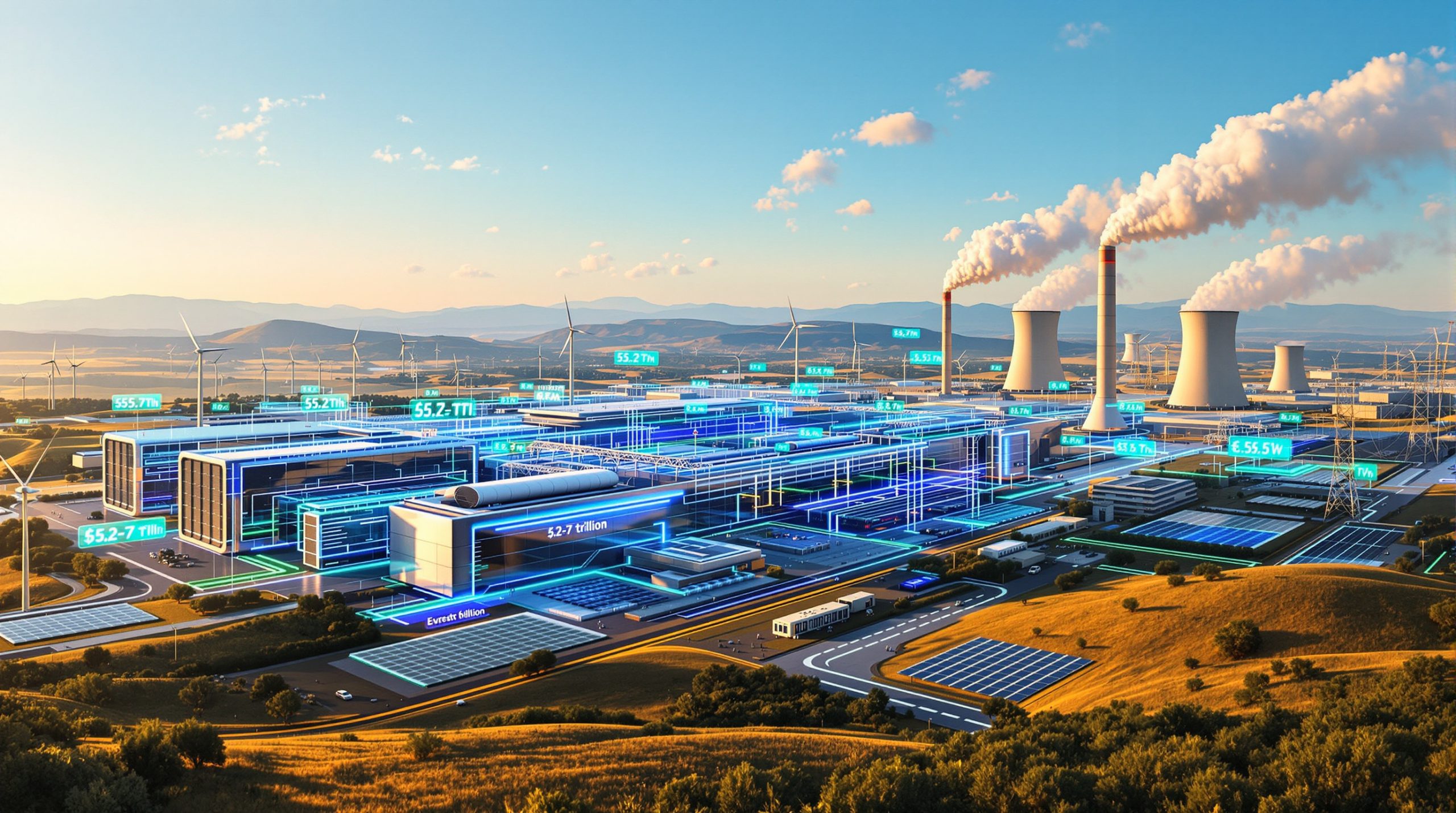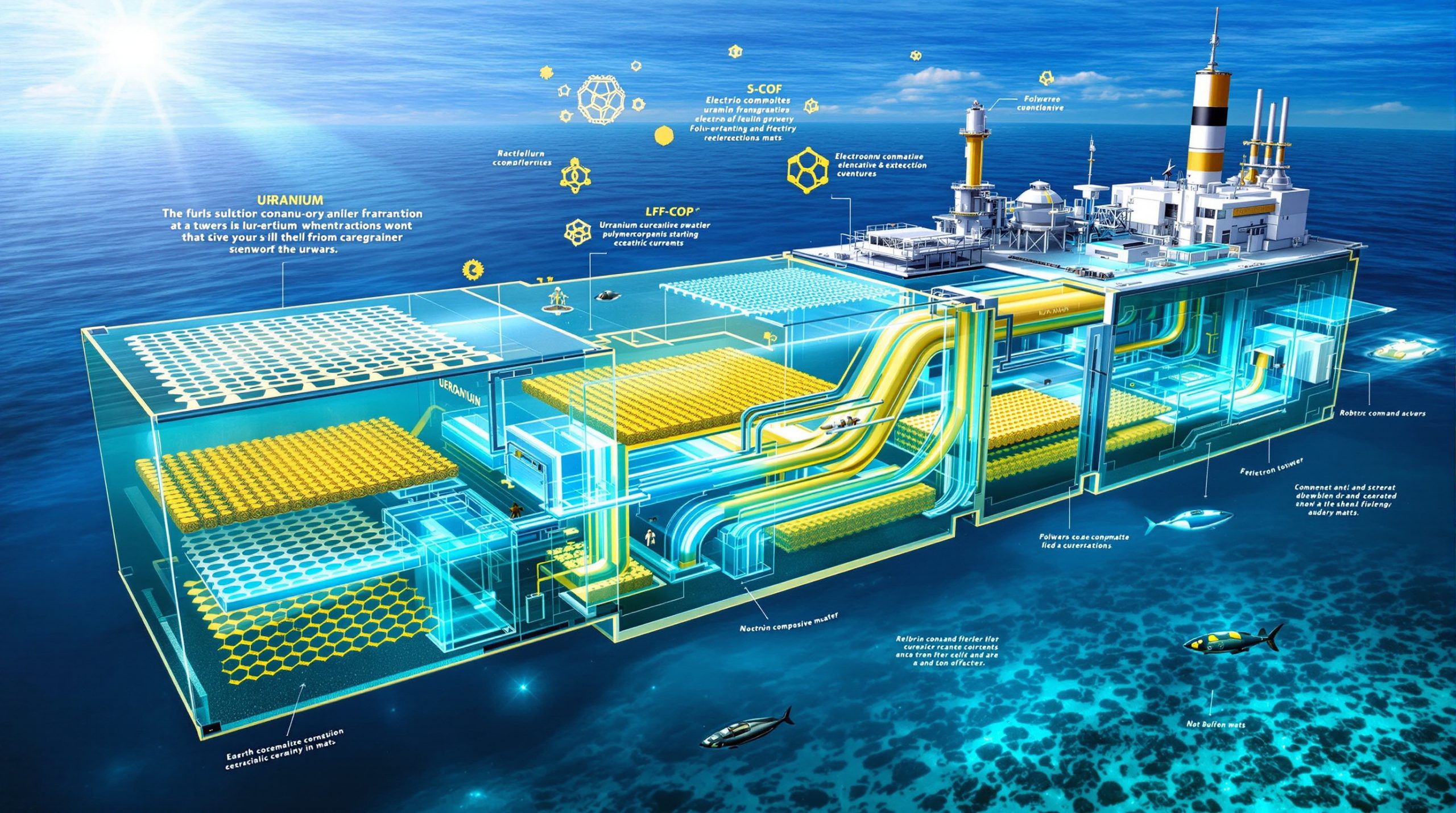Understanding AI Power Infrastructure Requirements
The artificial intelligence revolution is fundamentally reshaping how we approach electrical power systems, creating unprecedented AI power demand and data center investments that challenge conventional utility planning models. Unlike traditional computing environments that experience variable demand patterns, AI workloads require continuous, high-density power delivery.
Modern AI training facilities consume energy at unprecedented scales, with individual clusters demanding up to 100 megawatts of sustained power. This consumption level equals the electrical needs of approximately 80,000 residential homes, highlighting the massive infrastructure requirements driving current investment decisions.
The architectural differences between AI and conventional data centers extend far beyond raw consumption metrics. AI facilities require 30-40% of their total energy for cooling systems, compared to just 15-20% in traditional computing environments. This increased cooling demand stems from the intense heat generation of specialized processors running continuous machine learning operations.
Critical Infrastructure Components:
• Uninterrupted power delivery systems with zero downtime tolerance
• Advanced thermal management for heat-dense computing arrays
• Redundant electrical systems preventing training process interruptions
• Grid-scale energy storage for demand balancing and reliability
Global Capital Flows Into AI Power Development
The magnitude of investment flowing into AI-focused infrastructure represents one of the largest industrial buildouts in modern economic history. According to McKinsey research, current projections indicate between $5.2 and $7 trillion in global data center infrastructure spending through 2030, specifically targeting artificial intelligence compute capabilities.
Major technology corporations are committing unprecedented capital allocations to support this transformation:
| Company | Investment Commitment | Target Period |
|---|---|---|
| Microsoft | $80 billion | 2025-2030 |
| Amazon | $100+ billion | Ongoing expansion |
| Alphabet | $75 billion | AI infrastructure scaling |
Furthermore, industry analysts project $500 billion in AI infrastructure spending for 2026 alone, representing twice the annual capital expenditure of the entire electric utility sector. This dramatic shift in capital allocation patterns indicates the fundamental importance companies place on securing adequate AI power capacity.
The financial structure of these investments reveals changing corporate priorities. Sales-to-capital expenditure ratios for major AI builds have decreased by half between 2023 and 2025, suggesting companies are prioritising infrastructure development over immediate revenue optimisation.
Investment Allocation Breakdown:
• 40% Physical facility construction and site development
• 35% High-performance computing equipment and specialised hardware
• 15% Power generation systems and grid interconnection infrastructure
• 10% Advanced cooling systems and facility management technologies
However, market sentiment among some prominent investors suggests growing caution. Notable technology investors have begun reducing positions in AI infrastructure companies, citing concerns about potential overvaluation and changing technological requirements that could render current investments obsolete.
Regional Development Patterns and Grid Modernisation
Geographic distribution of AI power demand and data center investments reflects both energy resource availability and regulatory frameworks supporting rapid infrastructure development. Traditional technology hubs are experiencing capacity constraints, driving expansion into regions with abundant renewable energy resources and favourable development conditions.
Emerging AI Infrastructure Regions:
• Nordic Countries: Leveraging abundant hydroelectric power and natural cooling advantages
• Texas: Capitalising on renewable energy abundance and deregulated electricity markets
• Australia: Utilising solar energy potential and proximity to critical mineral resources
• Canada: Accessing hydroelectric generation and stable regulatory environments
Regional grid modernisation requirements vary significantly based on existing infrastructure and projected demand growth:
| Region | Required Investment | Implementation Timeline |
|---|---|---|
| North America | $280 billion | 2025-2030 |
| Europe | $190 billion | 2025-2032 |
| Asia-Pacific | $250 billion | 2024-2029 |
These infrastructure investments encompass transmission system upgrades, substation enhancements, and grid stability improvements necessary to support concentrated AI power demand. The scale of required modernisation reflects the fundamental shift from distributed electricity consumption to highly concentrated industrial loads.
Geographic selection criteria for data centre investments increasingly prioritise energy cost, reliability, and sustainability metrics over traditional factors like proximity to population centres. This shift is driving development in previously overlooked regions with superior renewable energy resources.
Power Generation Portfolio Optimisation
How Are Utilities Adapting to AI Power Requirements?
Utilities are fundamentally restructuring electricity generation portfolios to accommodate AI power demand characteristics. The continuous, baseload nature of AI workloads requires different generation approaches compared to traditional industrial customers with flexible operating schedules.
Nuclear power renaissance is directly linked to nuclear power insights and AI infrastructure development. Recent policy support for nuclear plant restarts and life extensions specifically addresses the need for consistent, carbon-free baseload generation that aligns with both AI operational requirements and corporate sustainability commitments.
"Nuclear facilities provide the reliable, 24/7 power output that AI training operations require, while meeting environmental goals that technology companies have established for their operations."
Renewable Energy Integration Challenges create unique operational complexities for AI facilities. While solar and wind power offer cost advantages, their intermittent generation patterns conflict with continuous AI power requirements. Consequently, advanced energy storage systems are becoming essential components of renewable-powered AI infrastructure.
Optimised Generation Strategies:
• Hybrid renewable plus storage systems providing cost-effective clean energy
• Nuclear baseload generation ensuring continuous power availability
• Natural gas peaking facilities offering demand flexibility during maintenance
• Corporate power purchase agreements securing long-term price certainty
In addition, utility companies report increasing demand for specialised AI power products, including dedicated transmission lines, premium reliability services, and customised voltage regulation systems. These specialised offerings command higher rates but require significant upfront infrastructure investments.
The integration of AI loads into existing grid systems presents operational challenges including voltage stability, frequency regulation, and system balancing. Grid operators are developing new protocols specifically designed to manage large-scale AI facility connections whilst maintaining overall system reliability.
Investment Risk Assessment and Market Dynamics
The rapid evolution of artificial intelligence technology creates unique risk profiles for power infrastructure investments. Traditional utility asset planning assumes 30-year depreciation schedules, whilst AI technology development operates on 3-5 year cycles, creating fundamental timing mismatches.
Technology Obsolescence Risks represent perhaps the most significant concern for long-term infrastructure investments. Emerging developments in quantum computing, neuromorphic processors, and more efficient AI architectures could dramatically reduce power requirements, potentially stranding billions in specialised infrastructure investments.
Recent developments in AI efficiency demonstrate this risk. Advanced AI models requiring significantly less computational power for equivalent performance could undermine the economic assumptions supporting current infrastructure buildouts. The potential for 60-80% power requirement reductions through algorithmic improvements represents a substantial threat to current investment strategy insights.
Demand Volatility Characteristics differ fundamentally from traditional industrial customers. AI companies can rapidly scale operations based on market conditions, technological breakthroughs, or business model changes, creating unprecedented demand uncertainty for utility planning processes.
Financial Structure Innovations address these risks through new contractual frameworks:
• 15-year minimum power purchase agreements providing revenue certainty
• Upfront capacity reservation deposits validating genuine development intent
• Technology change adjustment clauses sharing obsolescence risks
• Demand guarantee mechanisms protecting against utilisation shortfalls
The "phantom data centre" phenomenon has emerged as utilities report numerous grid connection applications that may represent placeholder reservations rather than genuine development projects. This has led to more stringent qualification requirements and deposit structures to verify actual development intent.
Space-Based Computing Disruption represents a potential paradigm shift that could fundamentally alter terrestrial power infrastructure requirements. Industry leaders predict orbital data centre development within the next decade, potentially reducing demand for ground-based AI facilities and their associated power infrastructure.
Regulatory Framework Evolution and Policy Response
Government policies worldwide are adapting to address the intersection of AI development and energy infrastructure requirements. Regulatory frameworks are evolving to balance AI innovation support with consumer protection and grid reliability considerations.
Policy Innovation Examples include:
• Accelerated permitting processes for AI-related power projects
• Grid connection prioritisation for strategic AI infrastructure
• Tax incentive structures supporting AI facility development
• International cooperation frameworks for cross-border energy sharing
Consumer Protection Mechanisms are being developed to prevent AI power demand from disproportionately impacting residential and small business electricity costs. Regulatory approaches include separate rate classes for AI customers and specialised cost allocation methodologies.
The regulatory challenge involves supporting economically beneficial AI development whilst protecting existing electricity customers from bearing the costs of specialised infrastructure that primarily benefits technology companies. This balance requires innovative rate design and risk allocation frameworks.
What Are the Key Regulatory Challenges?
State and federal regulators are developing AI-specific utility planning guidelines that account for the unique characteristics of AI loads, including their continuous nature, rapid deployment timelines, and potential for sudden demand changes based on technological developments.
Furthermore, regulatory bodies must consider energy transition challenges whilst supporting AI infrastructure development, ensuring that rapid technological advancement doesn't compromise broader energy system stability.
Future Scenario Analysis and Strategic Considerations
Multiple alternative futures could significantly reshape current AI power demand and data center investments projections and infrastructure investment decisions. Strategic planning must account for various technological and market development scenarios that could alter the fundamental assumptions driving current investments.
Efficiency Breakthrough Scenario: Rapid advancement in AI chip efficiency or algorithmic optimisation could reduce power requirements by 60-80%, creating substantial infrastructure overcapacity and financial losses for specialised power investments.
Distributed Computing Evolution: Edge computing advancement might distribute AI workloads across millions of smaller facilities, fundamentally altering the hyperscale centralised infrastructure model currently driving utility investments.
Quantum Computing Integration: The emergence of practical quantum computing could dramatically reduce certain AI computational requirements, potentially obsoleting current infrastructure assumptions within a decade.
According to Goldman Sachs analysis, data centre power demand is expected to increase by 165% by 2030 due to AI adoption, highlighting the critical importance of strategic planning.
Strategic Recommendations by Stakeholder:
For Utilities:
• Implement flexible infrastructure designs adaptable to changing technology requirements
• Develop AI-specific rate structures incorporating technology obsolescence risks
• Prioritise grid modernisation investments supporting variable AI demand patterns
For Investors:
• Focus on multi-use infrastructure assets beyond AI-specific applications
• Prioritise investments in regions with clear regulatory frameworks and consumer protection
• Consider natural gas price trends and technology-agnostic power generation assets with broader market applications
For Policymakers:
• Develop adaptive regulatory frameworks accommodating rapid technological change
• Balance AI infrastructure support with existing customer protection requirements
• Encourage international cooperation on AI energy efficiency standards
The convergence of artificial intelligence advancement and energy infrastructure development represents both unprecedented economic opportunity and significant financial risk. Success requires coordinated approaches among technology companies, utilities, regulators, and investors to create sustainable frameworks supporting AI innovation whilst protecting broader energy system reliability and affordability.
For instance, the rapid pace of technological change demands flexible, adaptive approaches to power infrastructure development that can accommodate evolving AI power demand and data center investments whilst maintaining financial viability for all stakeholders in the energy ecosystem.
Are You Considering Investment Opportunities in AI Infrastructure and Energy Markets?
Discovery Alert's proprietary Discovery IQ model delivers real-time notifications on significant mineral discoveries across the energy transition and technology sectors, instantly empowering subscribers to identify actionable investment opportunities ahead of the broader market. Begin your 30-day free trial today at Discovery Alert and secure your market-leading advantage in this rapidly evolving landscape.




